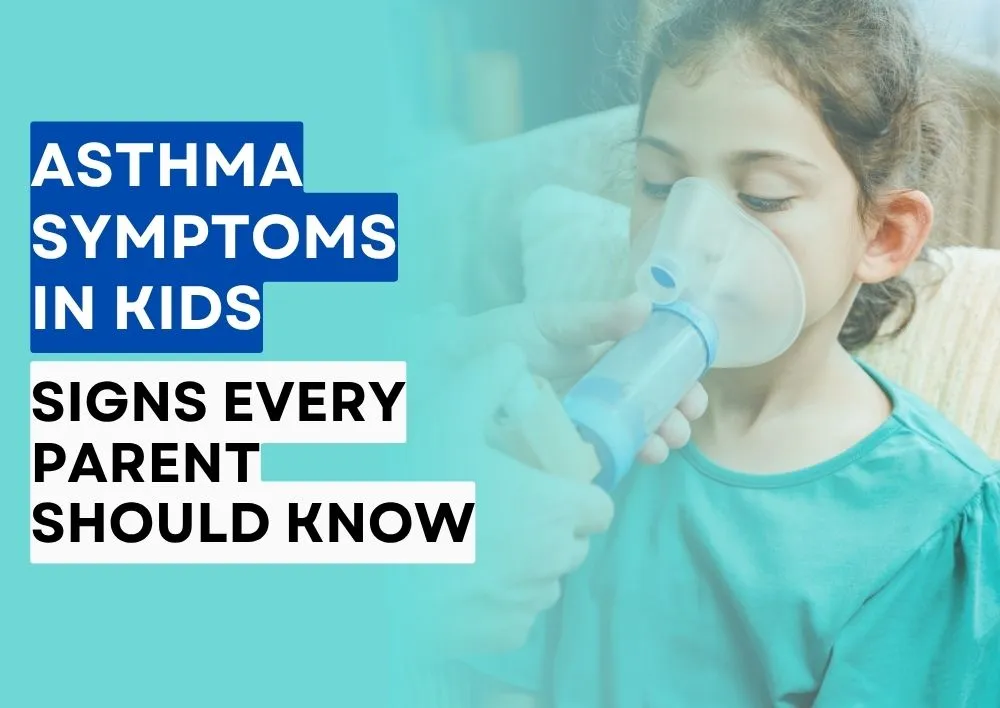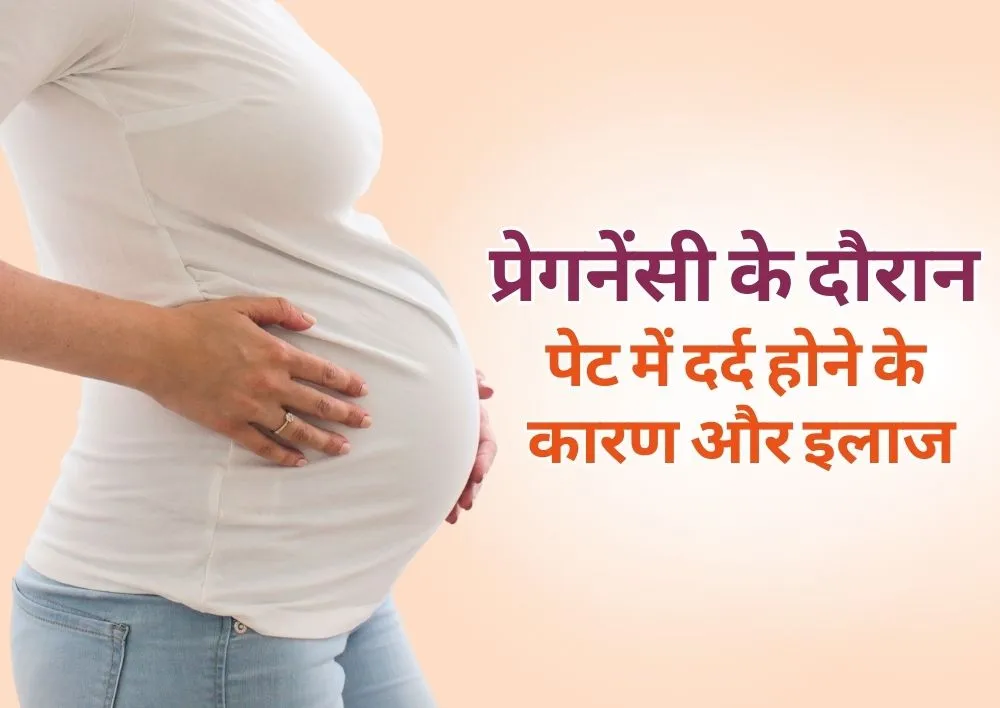Asthma Symptoms in Kids: Signs Every Parent Should Know
Summary
Breathing should be easy for every child. But for some kids, even simple activities like playing, running, or laughing can make breathing difficult. This could be a sign of asthma, a chronic condition that affects the airways and makes it harder to breathe.
Recognizing asthma symptoms in kids early is important because timely diagnosis and treatment can help your child lead a healthy, active life.
What is Childhood Asthma?
Asthma is a long-term condition where the airways in the lungs become inflamed, narrow, and filled with mucus. This makes it difficult for air to move in and out of the lungs, leading to coughing, wheezing, and shortness of breath.
Childhood Asthma is one of the most common chronic illnesses and can start at any age, even in toddlers. With proper care and treatment, most children with asthma can manage their symptoms and live normally.
According to Dr. Rahul Aggarwal, Senior Pediatrician in Gurgaon at Miracles Apollo Cradle, “Parents often mistake asthma symptoms for a common cough or allergy. Early recognition and timely medical intervention are key to preventing asthma attacks and ensuring the child’s normal growth and development.”
Common Asthma Symptoms in Kids
Asthma symptoms can vary from child to child. Some kids may experience mild, occasional breathing issues, while others may have more frequent and severe attacks. Here are some of the most common signs of asthma in kids:
-
Frequent Coughing: A constant cough, especially at night or early in the morning, is often one of the first signs of asthma. The cough may worsen during physical activity or when your child laughs or cries. If your child coughs often after a cold or in cold air, it could be asthma-related.
-
Wheezing: A wheezing sound, especially while exhaling, is a classic asthma symptom. This happens because the airways become narrow, causing a high-pitched sound as air moves through them.
-
Shortness of Breath: If your child often feels out of breath, even after light activity, it could be due to asthma. They might say things like “I can’t catch my breath” or “It feels tight in my chest.”
-
Chest Tightness or Pain: Children may describe this as a feeling of pressure or heaviness in the chest. It’s important not to ignore these complaints, especially if they happen often.
-
Fatigue or Weakness: During an asthma attack, less oxygen reaches the lungs, making children feel tired or weak. You might notice your child avoiding play or feeling unusually exhausted after normal activities.
-
Trouble Sleeping: Asthma symptoms like coughing and wheezing usually get worse at night, disturbing your child’s sleep. If your child wakes up frequently coughing or gasping, asthma could be the cause.
Early Warning Signs of Asthma in Kids
Before a complete asthma attack, children usually show early warning signs such as:
-
Increased coughing at night
-
Mild chest tightness
-
Breathing faster than usual
-
Feeling unusually tired or irritable
Recognizing these early signs can help you take quick action, using prescribed inhalers or consulting a pediatrician near you before symptoms worsen.
Causes of Childhood Asthma
The exact cause of asthma in kids is not completely known, but several factors increase the risk. Most cases result from a combination of genetic and environmental factors. Here are the common causes and risk factors for childhood asthma:
1. Family History of Asthma or Allergies
If asthma, eczema, or allergies run in your family, your child has a higher chance of developing asthma. Genetics plays a strong role in determining how sensitive the airways are.
2. Respiratory Infections in Early Life
Children who frequently get colds, flu, or bronchitis during infancy may have weakened airways. These infections can make the lungs more prone to inflammation, leading to asthma.
3. Allergens and Environmental Triggers
Exposure to dust mites, pollen, mold, pet dander, or cigarette smoke can irritate the lungs and trigger asthma symptoms in children.
4. Air Pollution
Polluted air, vehicle exhaust, and smoke can damage lung tissue over time, increasing asthma risk, especially in urban environments.
5. Premature Birth or Low Birth Weight
Babies born prematurely or with low birth weight may have underdeveloped lungs, making them more vulnerable to breathing problems and asthma.
6. Obesity
Studies suggest that overweight children are more likely to have asthma due to low-grade inflammation in the body and reduced lung capacity.
Understanding these causes helps parents reduce risk factors and manage the condition more effectively.
Childhood Asthma Treatment
While asthma can’t be completely cured, the symptoms can be managed effectively with proper treatment. The goal of treatment is to reduce flare-ups, improve breathing, and help the child live normally.
Here are the main approaches used in asthma treatment for children:
1. Inhaled Medications
-
Reliever inhalers (bronchodilators): Used during asthma attacks to quickly open airways and make breathing easier.
-
Controller inhalers (corticosteroids): Taken daily to reduce inflammation and prevent attacks.
2. Oral Medications
In some cases, doctors may prescribe oral medicines or leukotriene modifiers to help control long-term symptoms.
3. Allergen Control
Avoiding known allergens like dust, smoke, and pet dander plays an important role in reducing asthma attacks.
4. Immunotherapy
For children with allergy-triggered asthma, allergy shots or tablets may help reduce sensitivity to specific allergens.
5. Regular Monitoring
Regular checkups with your pediatrician or pulmonologist help track your child’s progress and adjust medications as needed.
6. Education and Action Plan
Teaching your child how to recognize symptoms and use inhalers correctly is important. Many doctors provide a personalized asthma action plan to manage symptoms at home and during emergencies.
When to See a Doctor?
You should consult a pediatrician near you if:
-
Your child coughs or wheezes often, especially at night.
-
Breathing issues interfere with sleep or play.
-
You notice chest tightness, rapid breathing, or fatigue.
-
Your child’s lips or face turn pale or bluish.
Timely consultation helps doctors develop a personalized asthma action plan with medications and prevention strategies.
Conclusion:
Asthma symptoms in kids can be mild or severe, but early diagnosis and proper care make a big difference. As parents, staying alert to the signs and following medical advice helps your child breathe easier and stay active. If your child shows these symptoms, don’t delay; consult a pediatrician near you for an accurate diagnosis and treatment.
Frequently Asked Questions
If your child frequently coughs, wheezes, has trouble breathing, or complains of chest tightness, especially at night or after playing, it may be a sign of asthma.
Asthma can develop at any age, but it often starts in early childhood—commonly before the age of 5.
A child with asthma may make a high-pitched whistling or wheezing sound when breathing, especially while exhaling.
Seek medical help if your child struggles to breathe, speaks in short phrases, or their lips or fingers turn blue.
Asthma cannot be completely cured, but with the right medication, inhalers, and trigger management, it can be well controlled.
Doctors may perform a spirometry test, check medical history, and look for allergy triggers to diagnose asthma.
Take your child to the hospital if they have severe breathing difficulty, rapid breathing, or don’t respond to their rescue inhaler.















Was the information useful?
0 0